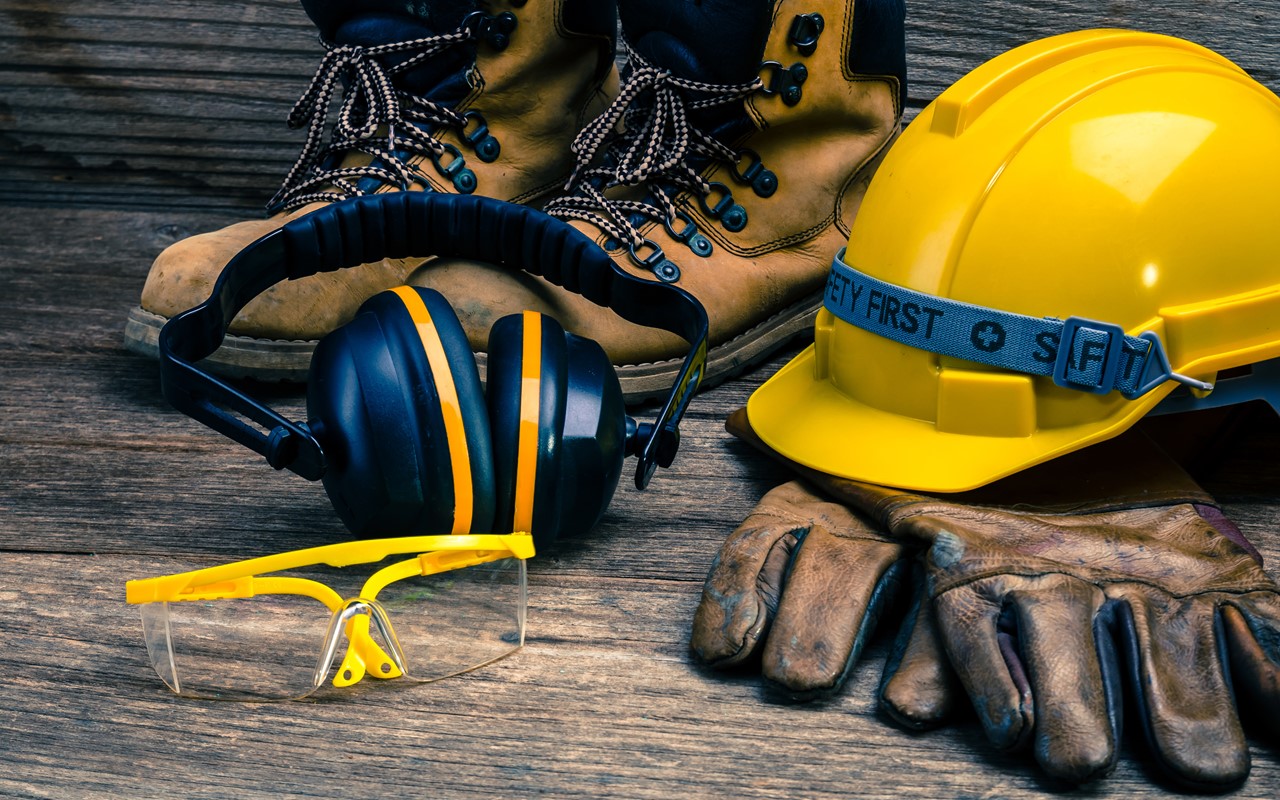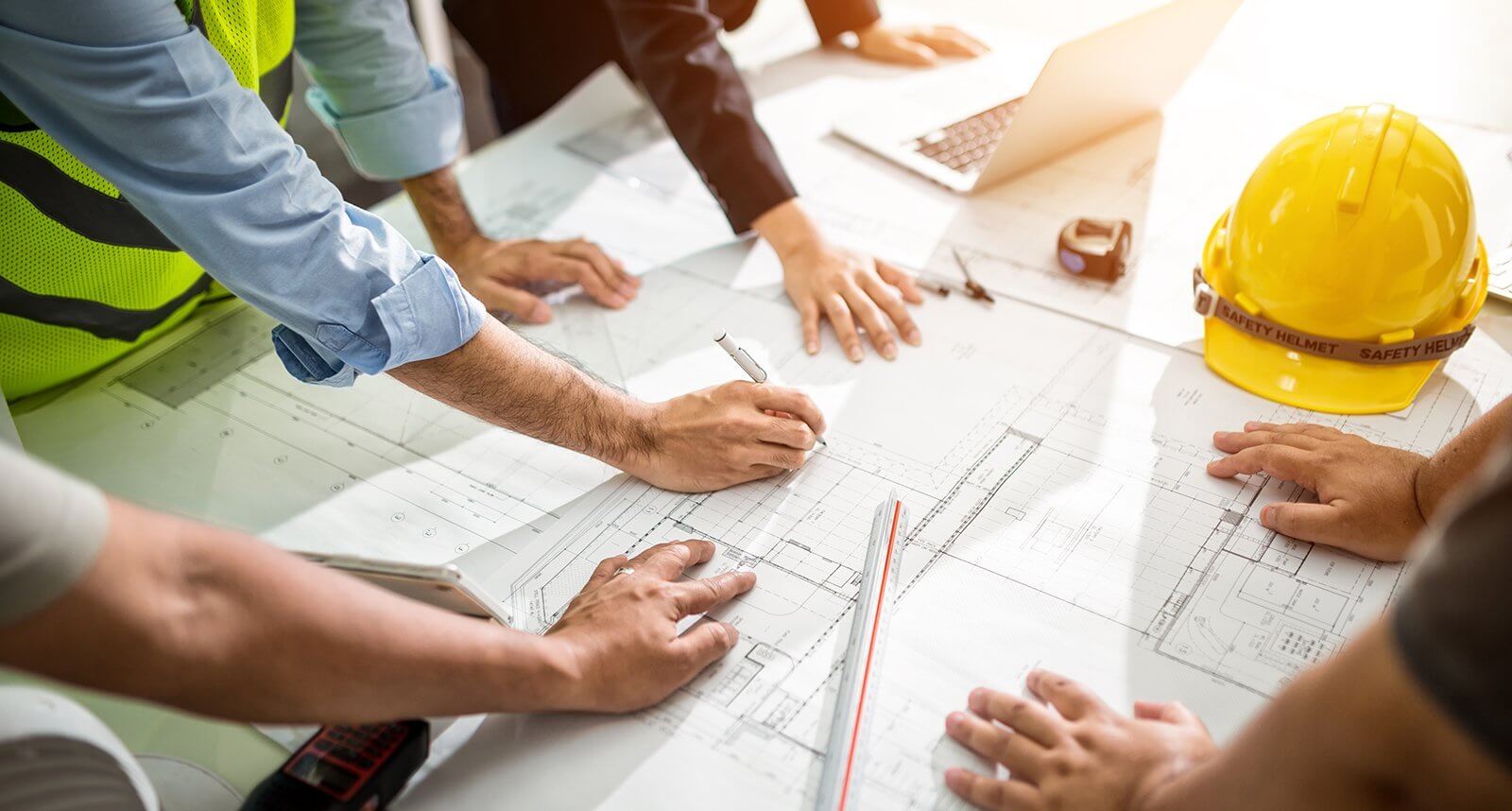by Jeffrey C Kadlowec, Architect
Abstract
Construction is an essential service and recently began experiencing unprecedented growth. A veil of mystery however shrouds the industry for those not directly involved in its daily operations. Its traditions and complexities take decades to master even by those most prevalent in the industry. Employment organization, ethnic divisions and gender segregation create barriers for individuals at all levels. Unique health and safety risks subject the laborers and tradesmen to a wide variety of stresses. OSHA was created to ensure the well-being of workers through enforceable standards, education and training. Fatalities and occupational injuries are declining overall but remain higher for minorities. Focusing more attention on the needs of the workforce will further reduce these unfavorable events while increasing job performance and production quality. Project success is dependent on a wide variety of professionals with diverse skills, knowledge and backgrounds. Integration of emerging technologies and adoption of new philosophies will improve the socioeconomic conditions for everyone involved.
Keywords: construction industry, labor force, occupational safety, mobile technology, design thinking

Construction Industry
The current economic environment of Las Vegas, NV is at the opposing extreme that it was in twelve years ago during the Great Recession. During the last two-years of the CoVid-19 epidemic, the construction industry was classified as an ‘essential service’. While many restrictions were placed on the public for health concerns, new web-based technologies were implemented to expedite plan reviews and permit applications for local jurisdictions. This coupled with online meetings applications and remote project management tools have assisted in handling the unprecedented growth seen throughout every market sector.
The term ‘paradoxical invisibility’ was coined by [Vogel 2016] when describing the working conditions of the construction laborer. He states, “though construction occurs all around us and that we are always in close proximity, it is also shrouded in mystery by those with little to no experience of life on the job-site which combines time-honored skills and traditions with technical complex equipment and modern new devices.” Levels of control are required in materials and machinery, construction means and methods, and the intellectual property of architects and engineers. All these elements combine to form a dynamic dichotomy that must be cautiously navigated by those most invested in building projects.
Construction workers are the largest subgroup of a 164 million international labor migrant labor force [Onarheim 2021] that exceeds 90% male. This gender segregation is compounded by significant ethnic divisions. Employment structure and employer control over the organization of work leads to the exploitation of workers. Needs to increase productivity and meet deadlines set by clients and developers make the work temporary in nature and extremely insecure. Racialization and racism creates notable fragmentation of the workforce and counteracts collective resistance. It puts constant pressure on workers both through fear of dangerous work and anxiety over job loss [Vogel 2016].
Large-scale international projects like those of the Olympic Games and FIFA World Cup pose a series of unique social and health issues for workers. These events are a showcase for the host country with both short and long-term economic and industrial impact. Though the health risk of mass gatherings gained considerable media attention over the past few years, the vulnerabilities of low-skilled migrant laborers tasked with constructing and maintaining these facilities has drawn little attention [Onarheim 2021].
The mobilization of construction workers is akin to that of military operational deployment. Workers tend to be young and rather healthy, but upon arrival in a foreign country are subject to unique health risks and barriers to healthcare that can be detrimental to their wellbeing. Migration—along with social, economic, and occupational factors—all contribute to the physical and psychiatric stresses in a workplace already prone to accidents and injuries. Although these health risks are a direct concern for the laborer, families and children left behind are at an increased risk of anxiety, depression, and suicidal ideation [Onarheim 2021].
Although the construction industry is the most significant industry in terms of gross domestic product (GDP), occupational safety and health should be the primary concern of the host country. Workers must perform a wide variety of tasks, directly exposing them to associated risks and passively exposing nearby co-workers to related risks [Suárez 2017]. Every structure presents a unique set of issues that must be addressed—the more complex the building design, size, scope, and site conditions, the greater the level of learning and adaptation required, leading to higher frequencies of accidents. Analysis of these occupational risks and related accidents can be used to develop regulations along with educational and training materials.
The Occupational Safety and Health Administration (OSHA) was created under the Occupational Safety and Health Act of 1970 to ensure the health of workers by enforcing safety standards while providing education and training with documentation and analysis of occupational injuries and illnesses. OSHA provides 10-hour and 30-hour programs to promote safe behavior and decrease construction accidents. This training is intended to create a ‘safety attitude’ [Namian 2022] which leads to overall savings in project costs due by reduction in employer liability and potential delays in production times; Table 1 provides a list of these training topics. The construction industry accounts for 1 in 4 occupational deaths and over 200,000 non-fatal injuries per year. Most of these accidents are preventable if construction workers follow proper safety rules and regulations.
Table 1. OSHA 10-hours and OSHA 30-hours Safety Training Topics [Namian 2022]

Construction related falls are a leading cause of many fatal and non-fatal occupational injuries. Between 2003 and 2018, there were 5,701 construction worker deaths due to falls—more than one-third of the total of industry fatalities. Employment in construction has been rising steadily over the past decade with major growth in Southern Nevada over recent years. Fall fatalities in the Hispanic construction labor force surged by nearly 90%, outpacing employment gains in the same period and outweighing those in manufacturing and related industry sectors by approximately ten-to-one [Dong 2021]. Continued efforts to prevent these injuries and fatalities through enhancements in fall protection and reduction in fall hazards, and by providing proper equipment is need in addition to safety training.
The global economy is impacted by nearly 340 million occupational accidents and 160 million occupational illnesses, each year costing over 1.25 trillion dollars. Although much effort is placed on examining, preventing and managing the risk of injuries and fatalities in the work place, little attention is directed towards exertion-related incidents resulting from bodily dysfunction or disruption of physiological processes, except in college athletics and by the military. The population of workers performing under physical exertion that are at risk of catastrophic injuries and death is 15 times greater, at 134.5 million, than those two areas combined [Morrissey 2023]. Although the OSHA Severe Injury Report database from 2015 to 2020 only lists 2.9% of all injuries as exertion related (ref Table 2), these factors are very likely to be an underlying cause for many of the accidents that occur on the job-site due to environmental conditions and physical nature of construction work.
Table 2. Nature of OSHA reported exertion-related and non-exertion-related injuries in OSHA Severe Injury Report (2015–2020) [Morrissey 2023]

Racial and ethnic inequalities are prevalent throughout the United States in health, wealth, education, and employment. These disparities, combined with the high risk of work-related injuries and illnesses, are probable cause of higher severity and a workplace absenteeism among minority workers. Furthermore, many of these issues go unreported—resulting in critical finds to be underestimated. Studies have shown that Hispanic trainees tend to value job security over safety issues, even when personal protective equipment is required by law. Language barriers for construction laborers and a lack of bilingual skills by both workers and employers compound this problem, as do racial discrimination and workplace harassment [Brown 2021].
The construction industry is an immense contributor to the economy of any nation—providing the necessary infrastructure for every market sector to function efficiently. Successful completion of any project is dependent upon the knowledge and execution of architects, engineers and diverse teams of skilled tradesmen. In order to be productive, each individual of that workforce must remain competitive and strive towards innovation. Development of those professionals is accomplished through education, experience and examination, with apprenticeship and mentoring the keys to future achievement. The structure of the industry is becoming more complicated with integration of new technologies and inherently unpredictable due increasing size, scope and complexity of projects. This is placing greater demands on everyone, especially for those in the fields of architecture, engineering, surveying, building technology and construction management [Obaju 2022]. Polytechnic universities are heavily focused on producing graduates with many of these core competencies.
Mobile technology has been recently integrated into the management of construction projects, allowing for the coordination of planning, design and building. The implementation of these tools can reduce costs and improve performance while offering a competitive edge in client satisfaction and quality of service. Technology provides better ways to exchange data and distribute information between project team members. It can unify the fragmented nature of the industry and bridge gaps between stakeholders working in remote offices or at job sites, thus avoiding costly delays while adhering to rigid timelines [Okoro 2019].
The speed and scale of residential construction is accelerating throughout urban centers. Technology utilized in planning of cities and construction engineering is constantly evolving. Engineering coordination, construction management and occupational safety must all be addressed in real-time during each project phase. New methods benefit construction personnel by establishing a higher sense of responsibility, allowing for them to achieve greater control while improving efficiency and production quality [Kumar 2023].
Bar charts and Gnatt charts have developed into the Critical Path Method (CPM) and Program Evaluation Review Technique (PERT). These illustrate the construction project schedule as a virtual timeline with multiple levels of detail, assisting in managing the complex and unpredictable nature of building and providing a way to explore different scheduling possibilities that could be completed concurrently or must be done sequential [Huang 2023]. Many of these software packages have become available online through web-based applications.
The total size of the construction industry is second only to that of the agricultural sector. It contributes directly to the national economy and employs a countless number of people. ‘Design Thinking’ is a growing trend that emphasizes a human-centered approach to problem-solving. Reimaging the ways of doing business and focusing on the human element of markets fosters an innovative mindset. This changes the framework of organizations from “What do we do next?” to “Where do users need help the most?” [Patnaik 2022]. Starting from a holistic perspective in promoting sustainable design will ensure that socioeconomic conditions continue to improve in the future and for coming generations.
References
Brown, Samantha; Brooks, Raina & Dong, Xiuwen. (2021). Injury Inequalities Among U.S. Construction Workers. Journal of Occupational and Environmental Hygiene. 18. 1-18. 10.1080/15459624.2021.1888958.
Dong, Xiuwen; Brown, Samantha & Brooks, Raina. (2021). Trends of Fatal Falls in the U.S. Construction Industry. 10.1007/978-3-030-74608-7_39.
Huang, Chaomin. (2023). Discussion on Optimization Measures of Building Construction Management Technology. Journal of Architectural Research and Development. 7. 17-24. 10.26689/jard.v7i1.4695.
Kumar, Ravish; Rajak, Manoj; Srivastava, Arpita; Rajak, Fulena & Das, Bijay. (2023). Advancement in Construction Management: An Analytical Overview.
Morrissey, Margaret; Kerr, Zachary; Brewer, Gabrielle; Tishukaj, Faton; Casa, Douglas & Stearns, Rebecca. (2023). Analysis of Exertion-Related Injuries and Fatalities in Laborers in the United States. International Journal of Environmental Research and Public Health. 20. 2683. 10.3390/ijerph20032683.
Namian, Mostafa; Tafazzoli, Mohammadsoroush; Kermanshachi, Sharareh & Huang, Yilei. (2022). Do OSHA 10/30-Hours Training Programs Revamp the Safety Attitudes of Construction Workers. 10.1061/9780784483985.069.
Obaju, Biodun; Fagbenle, Olaposibo; Amusan, Lekan & Musa, Shamsudeen. (2022). Building technology training and student work readiness. International Journal of Advanced and Applied Sciences. 9. 145-151. 10.21833/ijaas.2022.12.018.
Okoro, Chima; Uchenna Sampson, Igwe & Mohamad, Sarajul. (2019). Recent Advances in Mobile Application for Real-Time Cost Management of Construction Projects.
Onarheim, Kristine; Phua, Kai; Babar, Zahra; Flouris, Andreas & Hargreaves, Sally. (2021). Health and Social Needs of Migrant Construction Workers for Big Sporting Events. BMJ. 374. 10.1136/bmj.n1591.
Patnaik, Mahesh. (2022). Design Thinking: A Human-Centred Approach for Sustainable Construction Management.
Suárez, Fabián; Carvajal, Gloria & Alís, Joaquín. (2017). Occupational Safety and Health in Construction: A Review of Applications and Trends. Industrial Health. 55. 10.2486/indhealth.2016-0108.
Vogel, Laurent. (2016). Working Conditions in Construction: A Paradoxical Invisibility. Hesamag. 2016. 12-16.



